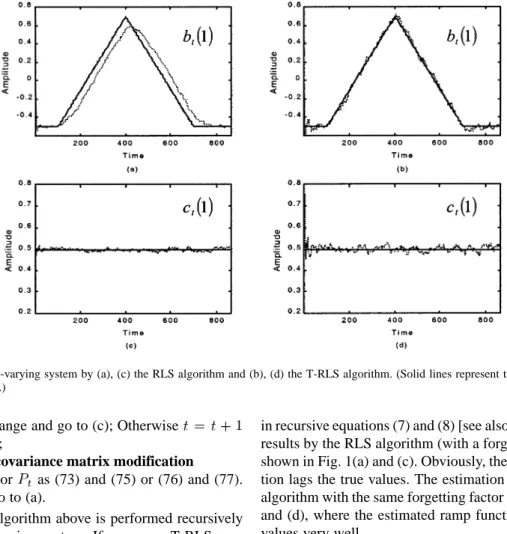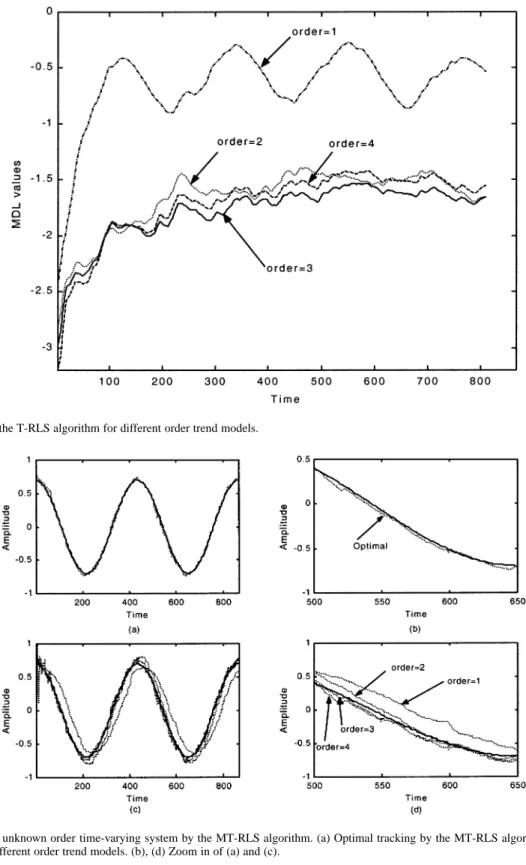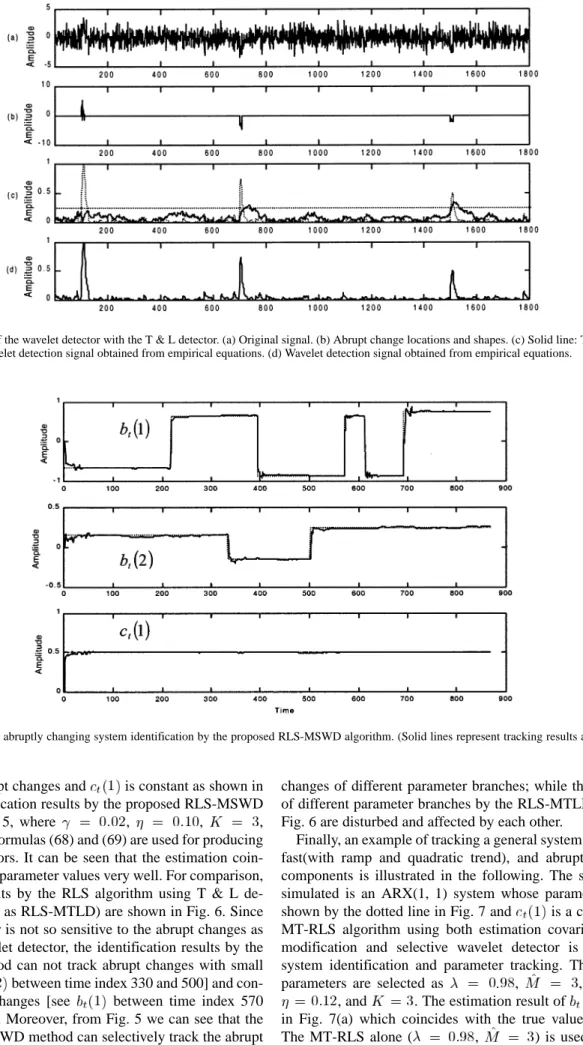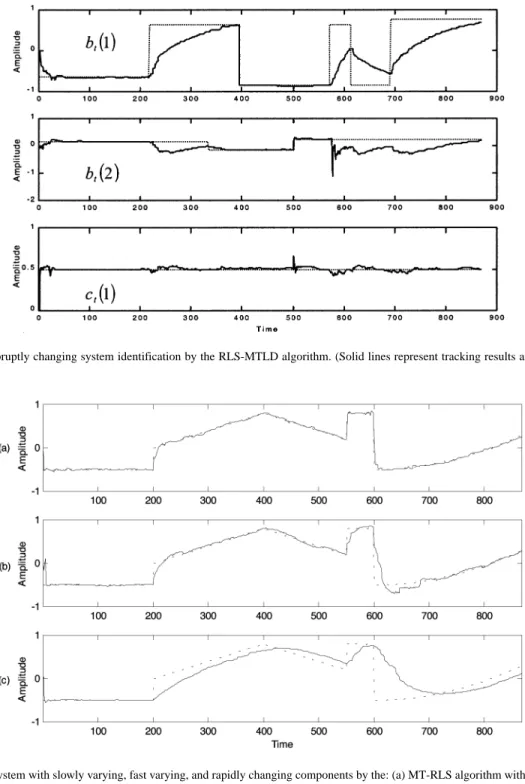Recursive Adaptive Algorithms for Fast and Rapidly Time-Varying Systems
Full text
Figure




Related documents
Ethanol values are lower and corn costs are higher in the 2007/08 outcomes where net returns are less than $0.20 per gallon than in the average of all 500 outcomes for 2007/08..
The movie contains 2 wicked witches, 2 being a prime number and 1 good witch, making 3 again, and when added to the 4 travelers on the bricks and becomes 7, proving the importance
Researchers, subjects weighing whether to participate in a study, and IRB members reviewing research protocols need to be aware of the potential technological breaches of privacy
This study attempts to determine whether Mastery Learning (with differentiated reassessment) and Mastery Teaching (within a standards-based curriculum) had a 1) metacognitive and/or
The deployed transport PCE NFV is able to guarantee a mean request processing time within a detected peak of path computation requests. The proposed architecture exploits the
Staff administering cytotoxic medicines should do so in a accordance with the Anticancer Medicines Policy AND Guidance on the Management of Patients receiving
Given the greater availability of external knowledge sources in modern economies, a dynamic capability that influences a firm’s ability to target, absorb and deploy the external